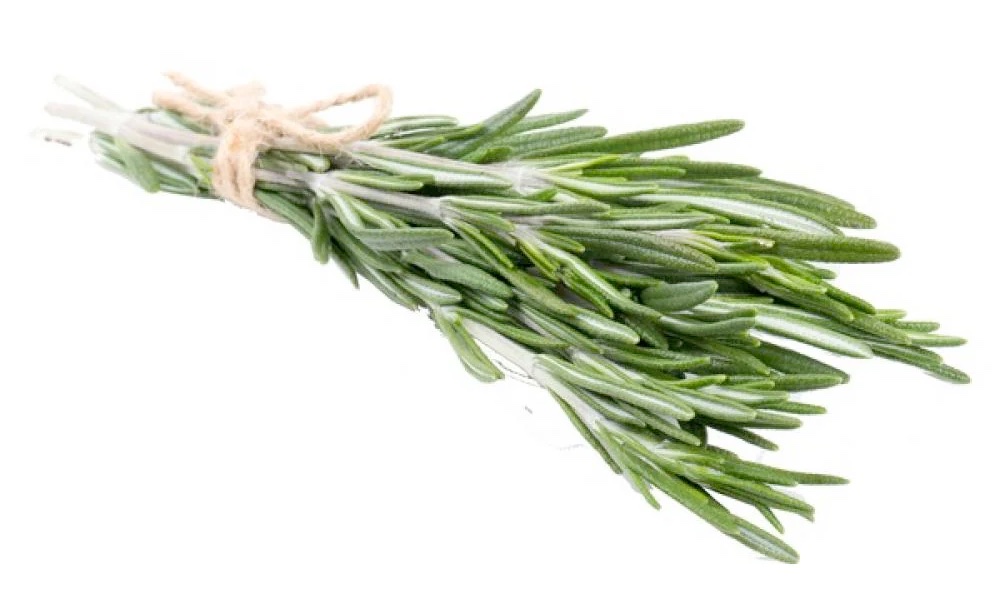We all know that too much sodium in the diet raises blood pressure (BP), and that the best way to reduce high BP is to cut down on the amount of salt we eat. But researchers find that there’s a third variable in the equation: Exercise. Regular exercise can actually change the way that salt affects BP, taking some of the "power" away from salt.
The results of the study were presented at a recent conference of the American Heart Association (AHA).
For people who exercised the most, their blood pressure rose the least when they switched from low-salt to high-salt diets. As you might guess, those who exercised the least showed the greatest jump in BP.
The new study had over 1,900 Han Chinese participants consume a low-salt diet for one week, and then switch to a high-salt diet for a second week. They measured the participants’ blood pressure multiple times over each phase of the study. If participants’ systolic BP rose by more than 5% when they switched from the low-salt to the high-salt diet, they were considered "salt-sensitive" (systolic BP is the measure of pressure when the heart is contracting during a beat, and represents the "top" number in a BP reading). The amount the participants exercised was determined with a questionnaire, and the researchers divided the participants into four groups, based on their average activity level.
In the AHA press release, lead author Casey M. Rebholz urges that "[p]atients should be advised to increase their physical activity and eat less sodium. Restricting sodium is particularly important in lowering blood pressure among more sedentary people." The FDA recommends that most adults take in no more than 2,300 mg of sodium per day, while certain high-risk groups (like African-Americans and middle-aged people) should limit sodium to 1,500 mg/day.
Of course, regular exercise should not be viewed as license to eat as much salt as you like, since blood pressure still jumped when even the most active participants in the study switched from low-salt to high-salt diets.
Since the study was carried out in a specific group of individuals in China, it will need to be repeated across a larger population of participants. But it is likely that the results will be similar in other groups: "The study needs to be repeated, but I suspect that the relationship between physical activity and salt-sensitivity will apply to other populations," says Rebholz. In the meantime, if you’re battling high blood pressure, cutting down on salt while simultaneously adding exercise will likely act as a double-whammy in the fight. Always check with your doctor before adding any kind of new activity to your routine.
Rebholz is an MD and PhD student at Tulane University, where the study was carried out. It was presented at AHA’s Nutrition, Physical Activity and Metabolism/Cardiovascular Disease Epidemiology and Prevention 2011 Scientific Sessions.




